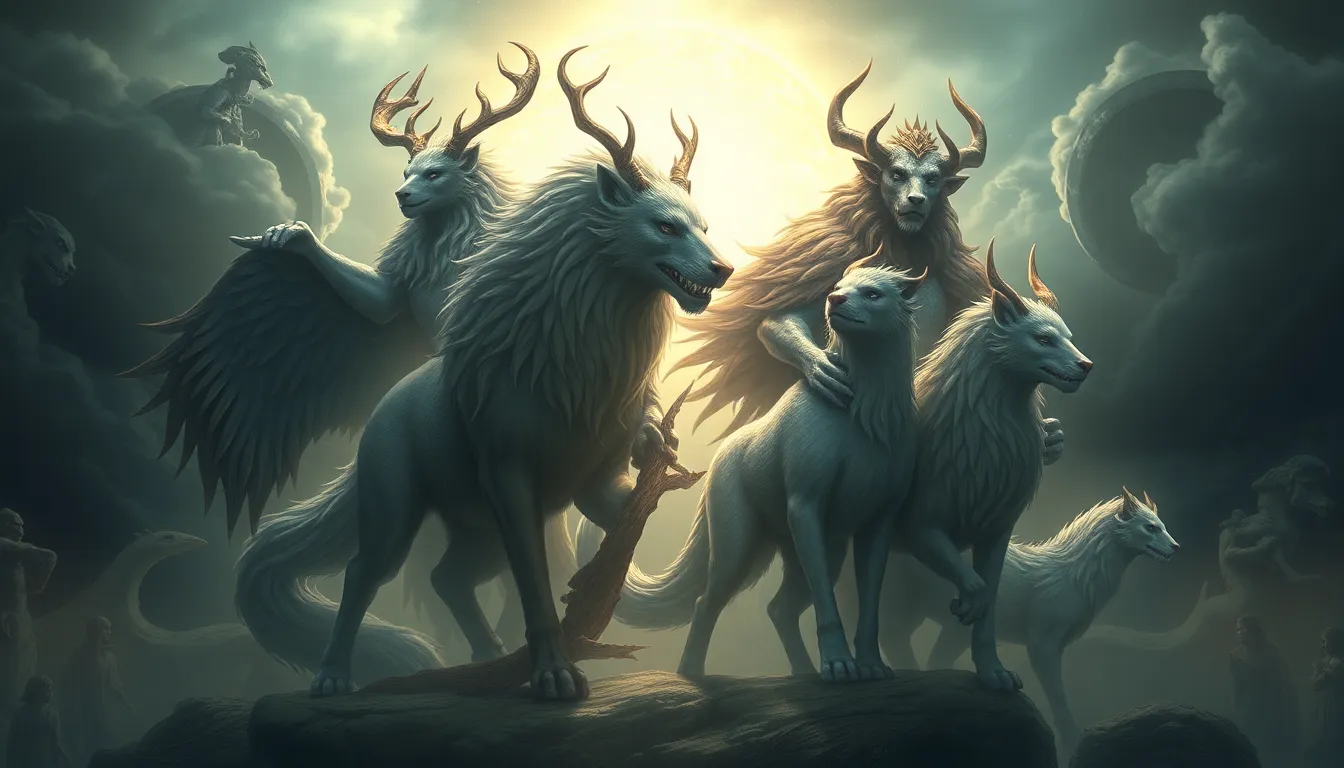The Influence of Finnish Mythology on Traditional Healing Practices
Introduction
Finnish mythology, steeped in ancient beliefs and folklore, has exerted a profound influence on traditional healing practices within Finnish culture. Its rich tapestry of gods, goddesses, supernatural beings, and nature spirits has provided a framework for understanding illness, disease, and the path to recovery. This article will explore the intricate connections between Finnish mythology and traditional healing, shedding light on the enduring legacy of these beliefs in contemporary practices.
Origins of Finnish Mythology
Finnish mythology traces its roots to the indigenous beliefs of the Finno-Ugric peoples, who inhabited the regions of northern Europe and northwestern Russia. Over centuries, these beliefs intertwined with influences from neighboring cultures, including Germanic, Slavic, and Scandinavian traditions. The resulting mythology is a complex and vibrant system of stories, rituals, and beliefs that have shaped Finnish culture and identity.
Gods and Goddesses Associated with Healing
Numerous deities within Finnish mythology are associated with healing and the preservation of health. Ukko, the supreme god of the sky and thunder, held the power to cure illnesses and protect against evil spirits. His wife, Akka, was known as the goddess of fertility and childbirth, and her patronage extended to healing women during pregnancy and labor. Other deities, such as Tuoni, the god of the underworld, and Louhi, the mistress of the North, also played significant roles in healing practices.
The Use of Charms and Amulets
Amulets and charms play a significant role in traditional Finnish healing practices. Crafted from natural materials like wood, stone, and animal bones, these objects were believed to possess protective and healing powers. Amulets often depicted mythological symbols or animal totems, each representing specific protective qualities. For instance, the "Ukko's hammer" amulet, symbolizing the thunder god Ukko, was carried to ward off evil spirits and prevent illnesses.
Shamanism and Its Connection to Finnish Mythology
Shamanism, a spiritual practice involving communication with the spirit world, has deep roots in Finnish mythology. Shamans, known as "noita" in Finnish, were intermediaries between the mortal and spiritual realms. They performed rituals and ceremonies to cure illnesses, appease spirits, and restore balance to the community. Many mythological tales depict shamans using their powers to heal the sick and protect against malevolent forces.
The Influence of Nature and the Environment
Nature and the environment hold a sacred place in Finnish mythology, believed to be imbued with healing and restorative properties. Forests, lakes, and other natural features were seen as dwelling places of spirits and deities who could grant healing to those who respected and protected the land. Traditional healing practices often incorporated elements of nature, such as the use of herbs, plants, and water from sacred springs.
Contemporary Applications of Finnish Mythological Healing Practices
While many ancient mythological healing practices have evolved over time, their influence can still be seen in contemporary Finnish society. Modern practitioners of traditional healing draw inspiration from mythology to develop holistic approaches to well-being. They use symbols, rituals, and natural remedies rooted in mythology to promote physical, emotional, and spiritual health. Some hospitals and healthcare centers even incorporate elements of traditional healing into their practices, recognizing the deep connection between culture and well-being.
Conclusion
The influence of Finnish mythology on traditional healing practices is a testament to the enduring power of ancient beliefs and folklore. From the veneration of gods and goddesses to the use of charms and the practice of shamanism, mythology has provided a rich framework for understanding illness, healing, and the interconnectedness of the natural world. While some practices have evolved over time, the legacy of Finnish mythology continues to inform and inspire traditional healing methods, both within Finland and beyond.
Frequently Asked Questions (FAQs)
What is the most important god in Finnish mythology associated with healing?
Ukko, the god of the sky and thunder.What are some common charms used in traditional Finnish healing?
Amulets depicting the "Ukko's hammer" and animal totems.What is the role of nature in Finnish mythological healing practices?
Nature is seen as sacred and imbued with healing properties.
Is Finnish mythological healing still practiced today?
Yes, modern practitioners use symbols, rituals, and natural remedies rooted in mythology to promote holistic well-being.Where can I learn more about Finnish mythological healing practices?
Museums, cultural centers, and books on Finnish mythology and traditional healing.



